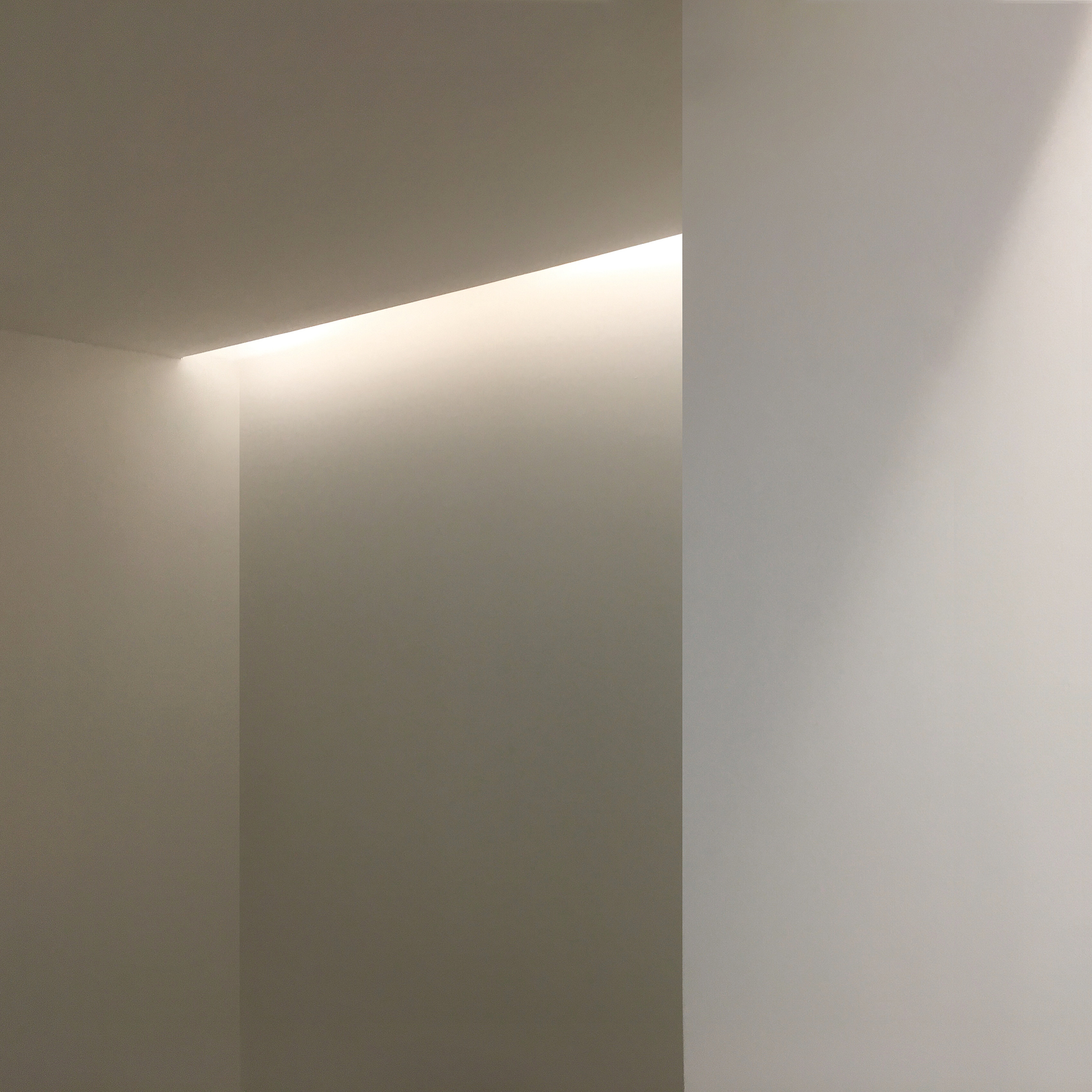
Chengdam Dong Vila Remodeling, Seoul, 2019-20
- 21.04.27 23:08
Inagawa Cemetery is located on a steep site in the Hokusetsu mountain range of Hyogo prefecture, approximately 40 kilometres north of Osaka. The cemetery is laid out across terraces and bisected by a monumental flight of steps leading up to a shrine at the highest point – an axis that orients the whole project. The visitor centre and chapel are designed as a marked threshold between the outer world and a quieter space within for contemplation. Aligned with the central staircase, and as a counterpoint to the shrine, the visitor and chapel spaces are gathered around a courtyard. Visitors approach this space from an exterior platform that leads to a wide, framed central opening in the stepped south-east façade.
The programme is formally arranged under a single, sloping roof plane, following the view line from the entrance up to the shrine. The rooms of the visitor centre open onto the courtyard garden while the secluded chapel remains separate. It can be reached via a discrete corridor, directly accessed from the outside or up a gentle ramp from the garden. An unadorned and quiet room with minimal heating and artificial lighting offers a non-denominational contemplative space, pure in its form. Relying on indirect sunlight from the gardens on either side, the chapel visitor finds seclusion and their focus is drawn to the essential rhythms of time through the natural indicators of daylight fluctuation and seasonal foliage changes. The planting of all the gardens is inspired by the palettes and textures of Japanese meadows and woodlands and a selection of grasses, shrubs and wildflowers are carefully juxtaposed.